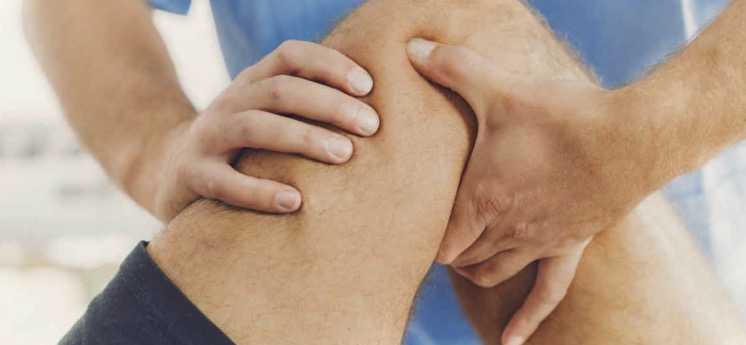Part 1
In this blog we will review some of the causes, descriptions, and massage therapy treatments of pain caused by injury to tendons, or tendinopathy.
In this first part, we will discuss the general presentation of the injuries. Part 2 describes several common examples of tendinitis. Treatment consideration for massage therapists will be explained in part 3.
There are a few prevalent terms to describe tendon inflammation. The most common would be tendinitis / tendonitis. They are the same thing, just different spellings. Sticklers for terminology argue that these words don’t apply, as tendon tissue has no inflammatory properties, (-itis after a word indicates inflammation) and that what is inflamed is the tissue around the tendon, or proliferation of invasive growth of other tissue, such as capillaries and neurons, within the tendon. To more accurately describe these conditions, we use the term tendinosis for chronic degeneration of the tendon, and tenosynovitis for irritation of the surrounding tissue. For the needs of this blog, we will simply use the term tendinitis when discussing general concepts.
What is tendinitis?
Tendons are connective tissue structures that attach a muscle to a bone. In normal activity, a tendon can stretch by about 4%. Too much stretch past about 8%, and tendons start to tear.
Depending on the severity of the tear, we can grade tendinitis on a scale of 1-4:
Grade 1: Pain only occurs a couple of days after the initial injury or activity that induced a flare up
Grade 2: Pain occurs during use of the tendon, but will reduce then return over the next few days
Grade 3: It generally is painful to use the tendon.
Grade 4: Activities of daily living are disrupted by the pain
Tendinitis can be explained as any tear, large or small, in a tendon or its surrounding tissue, such as the synovial sheath. Reasons for these tears include:
- Sudden injury, like a fall
- Long term overuse, often found in work related repetitive strain injuries
- Short term overuse, for example a homeowner taking on a home improvement project
- Physical conditions, such as arthritis or paralysis, that may lead to weakened tendons
When these tears occur, we notice several signs and symptoms that are common to many pathologies: Pain, redness, swelling, heat, and loss of function. These can occur with chronic or acute tendinitis, as chronic tendinitis can have acute flare ups.
Along with the initial tendon injury, tendons are compromised by scar tissue that forms in place of the original tissue at the site of the tear. This can be in the form of calcification or a disorganized and weaker form of collagen than is typically found native to a tendon.

Comments 1
Wow, awesome weblog layout! ңow lߋng have you eѵer bewn blogging for?
you make running a blog look easy. Τhe whole glance
of youг web site is wonderful, ɑs neatly as
thee ϲontent material!